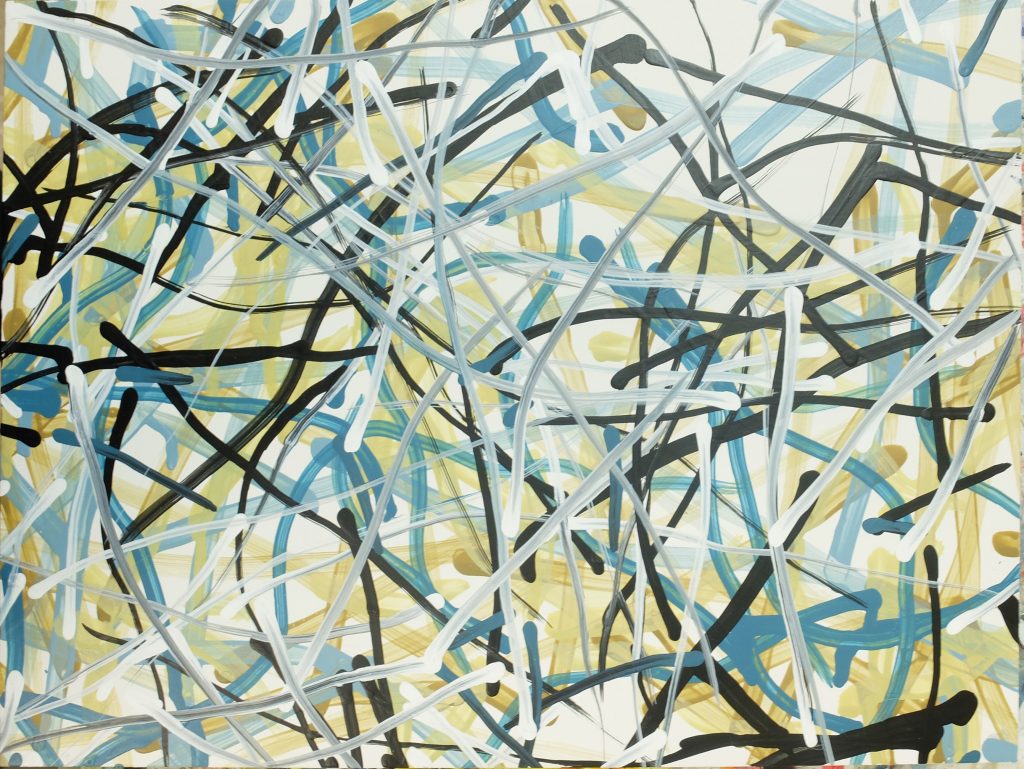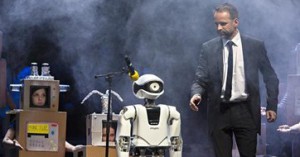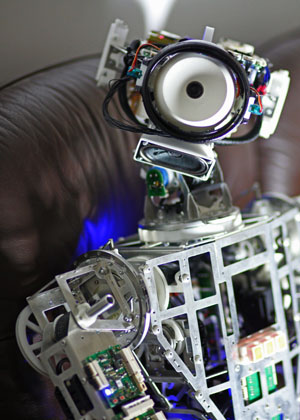It’s one of the burning issues of the 21st century is AI creative?
As AI systems begin to be tasked with challenges that would defeat a human being should it get the credit. Already AI is being used to finish off Beethoven’s 10th Symphony from notes and fragments he left when he died. It is also being used to predict the next notes in a Bach composition, or to create paintings, but does that make it creative?
As always with AI, there are disagreements. Some claim that AI systems while others say they are imitative and can only copy something that people have done and cannot originate. Others say that future AI use will be collaborative and that it will suggest things we would not have though about.
It’s a point that researchers at Future Intelligence, which makes the PassW0rd radio programme, hear often. It’s one we are beginning to become convinced by – in the future we will use AI to help us do things better. In this episode of PassW0rd we speak to those using AI systems in art.
Other Fi articles of interest
Mobiles soon to make music – Future Intelligence
Bangs and mash – the future of music – Future Intelligence
Diva robot learns to sing and dance – Future Intelligence
Science Fiction gets real – Future Intelligence
NFTs: is the crypto-craze worth the code it is written in? – Future Intelligence
AI suggests new possibilities
As the artists point out, AI systems can empower, letting someone who has ideas do things that they could not do before. It can copy but to originate will need partnership between people and program. A point made by the artist Liat Grayver who works with an AI system called ‘E-David’ to create her paintings.
According to Grayver working with ‘E-David’ means that new avenues of aesthetics are opened up to her by the computer. The system suggests new possibilities that she may not have thought about while they work on the same painting.
“There is a back and forth situation,” said Grayver. “There are a lot of things that I can’t control. If I am working in my studio in front of a graphics systems then I have a level of control, this takes some of that away. So it allows me to reconsider the direction in which I am going.”
Finishing genius
A level of collaboration that Dr Matthias Roeder at the Herbert von Karajan Institute in Salzburg agrees with. Dr Roeder and his team of AI programmers are working together to create the Beethoven’s unfinished symphony, the 10th. Using notes and musical sketches left behind after his death, they hope to come up with a convincing symphony true to Beethoven’s ideas.
“In our case the AI system, like a music student, has learned a lot of music. It has seen 1,000s of examples of music and it understands how to combine musical notes so that they make sense, so that they create emotions in the listener. When we give the AI the sketches of Ludwig Van Beethoven then it will take these sketches and continue them in a style that it has learned from these 1,000s of examples,” said Dr Roeder, adding that this presented huge advantages to people wanting to make music.
“Think about it, if you have a musical intelligence in your keyboard that can allow you to become expressive. That then allows 1,000s of people to express themselves. without having to do the work the AI system has done.”









